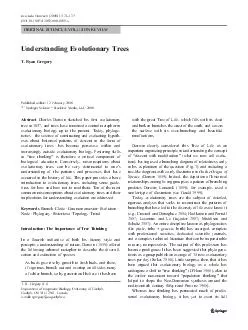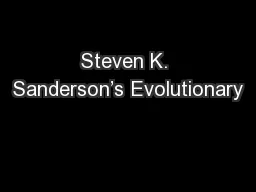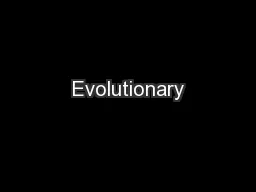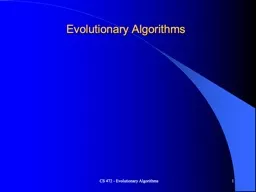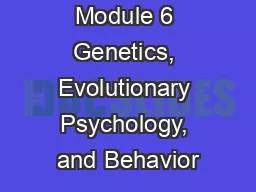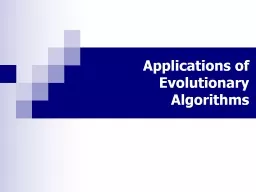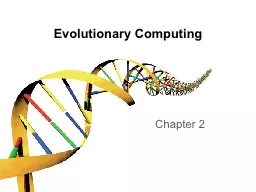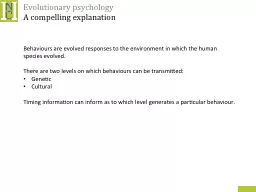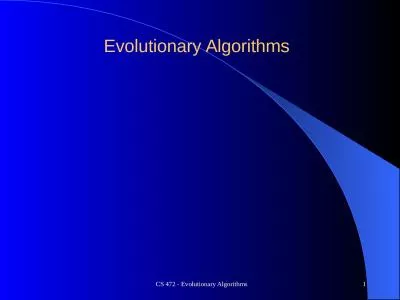PDF-ORIGINAL SCIENCEEVOLUTION REVIEW Understanding Evolutionary Trees T
Author : faustina-dinatale | Published Date : 2014-12-17
Ryan Gregory Published online 12 February 2008 Springer Science Business Media LLC 2008 Abstract Charles Darwin sketched his first evolutionary tree in 1837 and
Presentation Embed Code
Download Presentation
Download Presentation The PPT/PDF document "ORIGINAL SCIENCEEVOLUTION REVIEW Underst..." is the property of its rightful owner. Permission is granted to download and print the materials on this website for personal, non-commercial use only, and to display it on your personal computer provided you do not modify the materials and that you retain all copyright notices contained in the materials. By downloading content from our website, you accept the terms of this agreement.
ORIGINAL SCIENCEEVOLUTION REVIEW Understanding Evolutionary Trees T: Transcript
Download Rules Of Document
"ORIGINAL SCIENCEEVOLUTION REVIEW Understanding Evolutionary Trees T"The content belongs to its owner. You may download and print it for personal use, without modification, and keep all copyright notices. By downloading, you agree to these terms.
Related Documents

